Constipation with gallstones. Gallstone Ileus: A Rare Cause of Bowel Obstruction in Elderly Patients
What is gallstone ileus. How does it cause bowel obstruction. What are the symptoms and risk factors of gallstone ileus. How is gallstone ileus diagnosed and treated. Why is prompt diagnosis crucial for elderly patients with gallstone ileus.
Understanding Gallstone Ileus: A Rare but Serious Condition
Gallstone ileus is an uncommon but potentially dangerous condition that occurs when a gallstone obstructs the intestinal lumen, typically in the ileum. While it accounts for only 1-4% of all intestinal obstructions, it can have severe consequences, particularly in elderly patients.
The condition develops when a gallstone erodes through the gallbladder wall, usually due to chronic inflammation, and forms a fistula with the adjacent gastrointestinal tract. This fistula, most commonly cholecystoduodenal, allows the stone to migrate into the intestine, where it can cause a mechanical obstruction.
Key Facts About Gallstone Ileus
- Incidence: 0.3-0.5% of patients with cholelithiasis
- Gender ratio: 3.5 females to 1 male
- Mortality rate: 12-18%, higher in elderly patients
- Primary cause: Migration of gallstones through a biliary-enteric fistula
Recognizing the Symptoms of Gallstone Ileus
Identifying gallstone ileus promptly is crucial for effective treatment. The symptoms can be similar to other types of bowel obstruction, but certain characteristics may point to this specific condition.
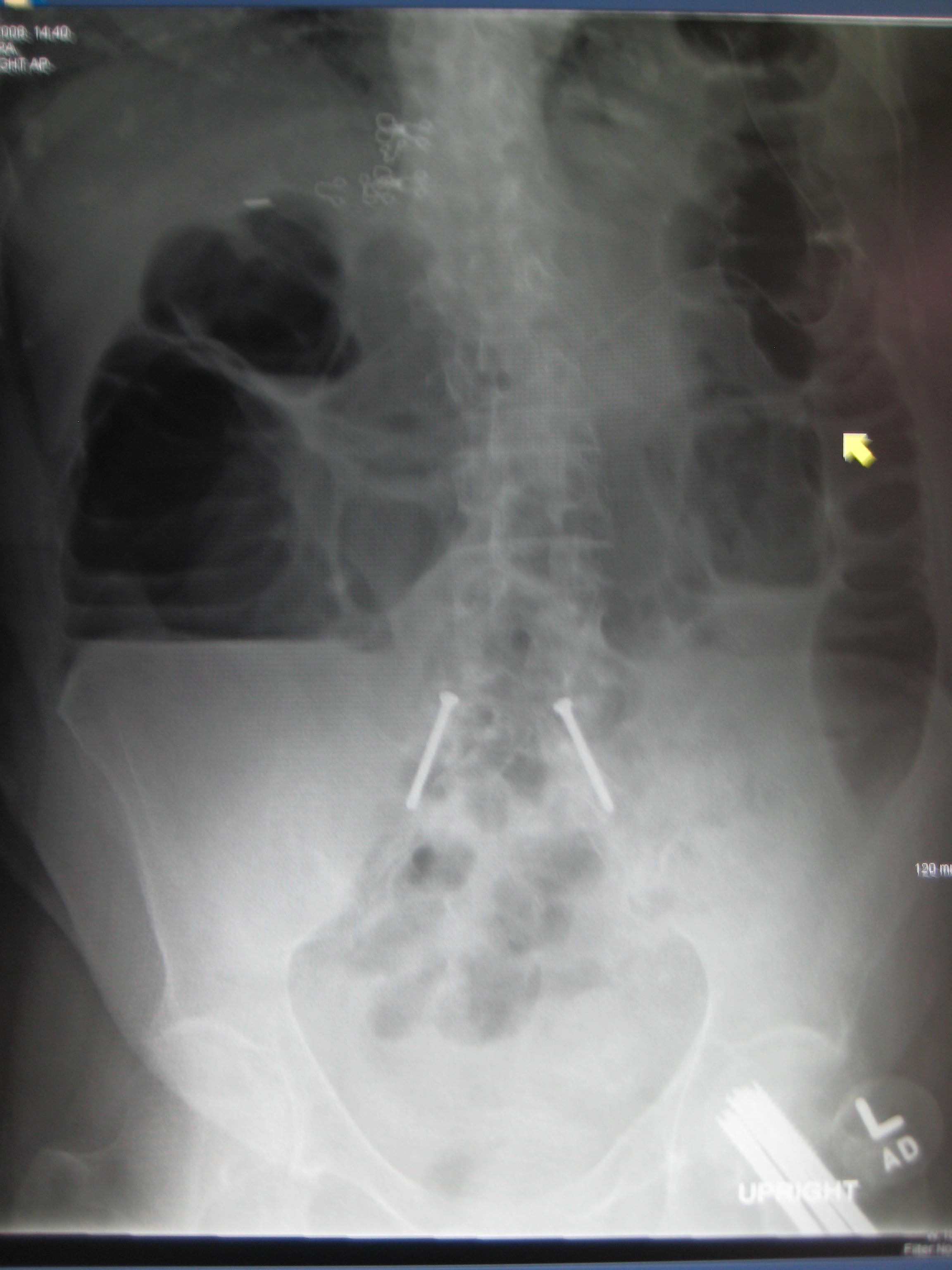
Common Symptoms
- Acute, colicky abdominal pain
- Nausea and vomiting
- Constipation
- Abdominal distension
- Reduced bowel sounds
Can gallstone ileus symptoms fluctuate? Yes, the symptoms of gallstone ileus can sometimes be intermittent, as the obstructing stone may move within the intestine, causing periods of partial or complete obstruction.
Diagnosing Gallstone Ileus: The Importance of Imaging
Accurate diagnosis of gallstone ileus relies heavily on imaging techniques. While clinical presentation and laboratory findings can raise suspicion, definitive diagnosis typically requires radiological confirmation.
Diagnostic Approaches
- Abdominal X-rays: May show signs of small bowel obstruction
- Computed Tomography (CT): The gold standard for diagnosis
- Ultrasound: Can be helpful in detecting gallstones and fistulas
What are the key findings on CT for gallstone ileus? CT scans often reveal the classic “Rigler’s triad”: pneumobilia (air in the biliary tree), small bowel obstruction, and an ectopic gallstone.
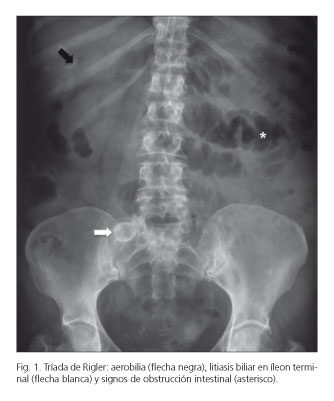
Treatment Options for Gallstone Ileus
The primary goal in treating gallstone ileus is to relieve the intestinal obstruction. The choice of treatment depends on the patient’s overall health, the location of the obstruction, and the size of the gallstone.
Surgical Interventions
- Enterotomy with stone removal: The most common approach
- Enterotomy with cholecystectomy and fistula repair: One-stage procedure
- Two-stage procedure: Enterotomy followed by cholecystectomy at a later date
Is non-surgical management possible for gallstone ileus? In some cases, particularly with smaller stones, conservative management with close monitoring may be attempted. However, surgical intervention is often necessary for larger obstructions.
Complications and Prognosis of Gallstone Ileus
Gallstone ileus can lead to serious complications if not treated promptly. The high mortality rate, especially among elderly patients, underscores the importance of early diagnosis and intervention.
Potential Complications
- Perforation of the intestine
- Sepsis
- Electrolyte imbalances
- Dehydration
- Recurrent gallstone ileus
How does the prognosis vary with age? Elderly patients generally have a poorer prognosis due to comorbidities and decreased physiological reserves. Prompt diagnosis and treatment are particularly crucial in this population.

Prevention and Follow-up Care for Gallstone Ileus Patients
While preventing gallstone ileus can be challenging, certain measures can reduce the risk of recurrence and manage underlying conditions.
Preventive Strategies
- Management of cholelithiasis
- Regular follow-up for patients with known gallstones
- Dietary modifications to reduce gallstone formation
- Consideration of prophylactic cholecystectomy in high-risk patients
What is the recurrence rate of gallstone ileus? The recurrence rate is estimated to be around 5-17%, emphasizing the importance of addressing the underlying biliary pathology when possible.
Gallstone Ileus in Special Populations: Considerations for the Elderly
Gallstone ileus presents unique challenges in elderly patients, who are at higher risk for both developing the condition and experiencing complications.
Factors Affecting Elderly Patients
- Higher prevalence of comorbidities
- Decreased physiological reserves
- Atypical presentation of symptoms
- Increased risk of postoperative complications
How should treatment approaches be modified for elderly patients? Treatment for elderly patients with gallstone ileus often requires a more conservative approach, balancing the need for obstruction relief with the risks of extensive surgery. Minimally invasive techniques may be preferred when feasible.
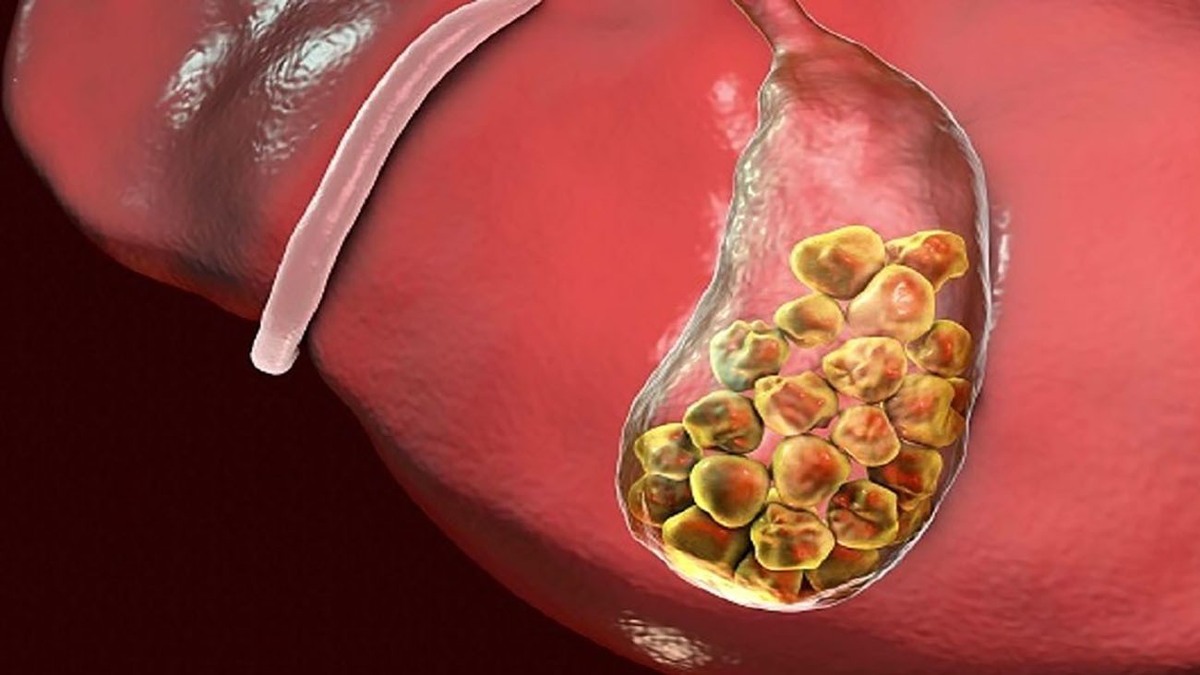
Advances in Gallstone Ileus Management: Current Research and Future Directions
As medical technology and surgical techniques continue to evolve, new approaches to managing gallstone ileus are emerging. These advancements aim to improve outcomes and reduce complications, particularly in high-risk patients.
Emerging Techniques and Research Areas
- Laparoscopic management of gallstone ileus
- Endoscopic retrieval of gallstones
- Improved imaging techniques for earlier detection
- Novel pharmacological approaches to prevent gallstone formation
What role might artificial intelligence play in diagnosing gallstone ileus? AI-assisted image analysis could potentially improve the speed and accuracy of gallstone ileus diagnosis, particularly in identifying subtle radiological signs that might be missed by human observers.
Gallstone ileus remains a challenging condition, particularly in the elderly population. Its rarity often leads to delayed diagnosis, which can significantly impact patient outcomes. Healthcare providers must maintain a high index of suspicion for this condition in elderly patients presenting with signs of bowel obstruction, especially those with a history of gallbladder disease.
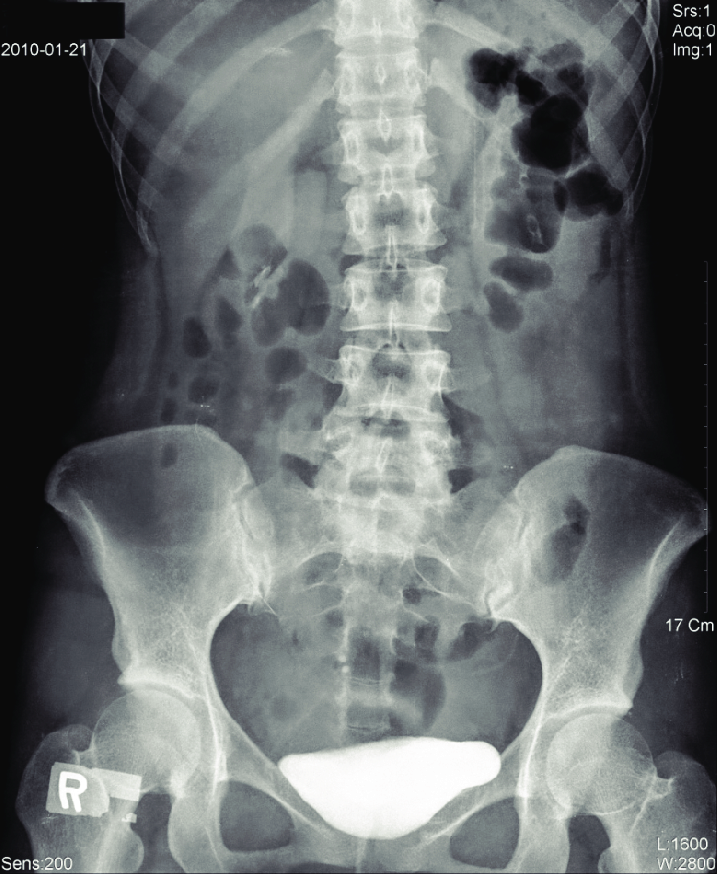
The management of gallstone ileus requires a multidisciplinary approach, involving surgeons, radiologists, and geriatricians. While surgical intervention remains the mainstay of treatment, the approach must be tailored to each patient’s individual circumstances, weighing the benefits of definitive treatment against the risks of extensive surgery in vulnerable populations.
As research continues, we may see improvements in both diagnostic accuracy and treatment options for gallstone ileus. These advancements could potentially reduce the high mortality rates associated with this condition, particularly among elderly patients. In the meantime, early recognition, prompt diagnosis, and appropriate intervention remain key to improving outcomes in gallstone ileus cases.
For healthcare providers, maintaining awareness of this rare but serious condition is crucial. Including gallstone ileus in the differential diagnosis for elderly patients with bowel obstruction can lead to faster diagnosis and more timely intervention. Additionally, considering preventive measures in high-risk patients, such as those with a history of gallstones, may help reduce the incidence of this potentially life-threatening condition.
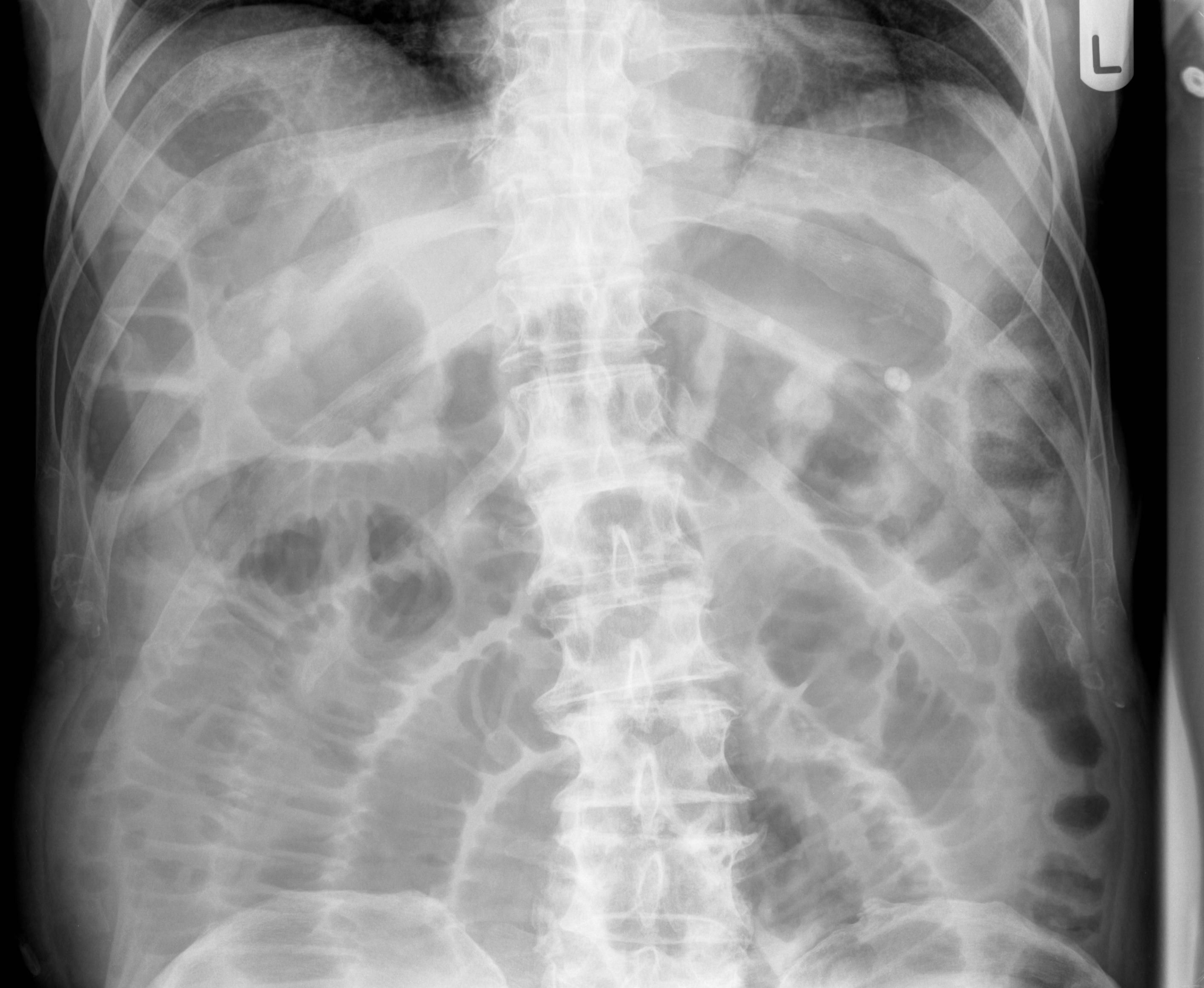
As we look to the future, continued research into gallstone ileus pathophysiology, improved diagnostic techniques, and novel treatment approaches will be essential. By advancing our understanding and management of this condition, we can hope to reduce its impact on patient health and improve outcomes, particularly for our most vulnerable populations.
Gallstone ileus: A possible cause of bowel obstruction in the elderly population
- Journal List
- Int J Surg Case Rep
- v.43; 2018
- PMC5907688
As a library, NLM provides access to scientific literature. Inclusion in an NLM database does not imply endorsement of, or agreement with,
the contents by NLM or the National Institutes of Health.
Learn more about our disclaimer.
Int J Surg Case Rep. 2018; 43: 18–20.
Published online 2018 Feb 4. doi: 10.1016/j.ijscr.2018.01.010
Author information Article notes Copyright and License information Disclaimer
Introduction
Gallstone ileus (GI) is characterized by a mechanical occlusion of the ileal lumen as a result of migration of one or more gallstones in the intestinal tract. Less than 1–4% of all cases of intestinal obstruction are derived from this etiology (1,2,3).
Less than 1–4% of all cases of intestinal obstruction are derived from this etiology (1,2,3).
Case report
We present a case of small intestinal obstruction owing to a large gallstone in lower ileum in a 66 years old woman. The diagnosis was made by computed tomography, and treated successfully with an enterotomy, with a removal of a 5 cm gallstone, carried out through a longitudinal incision on the antimesenteric border. Post-operative course presented no adverse effects.
Conclusion
Gallstone ileus should be considered in case of bowel obstruction in the elderly population. Abdominal CT scan is the preferred investigation for a timely diagnosis.
Keywords: Case report, Gallstone ileus, Bowel obstruction, Emergency surgery
This work has been reported in line with the SCARE criteria [1].
Gallstone ileus is an uncommon condition that may result when a gallbladder stone enters into the intestinal tract, usually as a result of a fistula between the gallbladder and the duodenum. It’s accounting for only 1–4% of all intestinal obstructions. In patients with cholelithiasis only 0.3–0.5% can suffer with gallstone ileus [2]. Chronic irritation, inflammation and pressure effect by gallstone result in erosion of the gallbladder wall [3], leading to a fistula between the gallbladder and the nearest portion of the gastrointestinal tract, usually duodenum (cholecystoduodenal fistola). Through this communication, gallstones can pass into the gastrointestinal tract. As stones migrate, depending on their size, they can cause mechanical bowel obstruction, resulting in abdominal pain, distension, constipation and vomiting. The mortality reported ranges from 12 to 18% [4], particularly in older patient who often have comorbid illnesses. We reported a case of a 66 years old woman, who presented with signs of bowel obstruction, owing to a large gallstone in lower ileum.
It’s accounting for only 1–4% of all intestinal obstructions. In patients with cholelithiasis only 0.3–0.5% can suffer with gallstone ileus [2]. Chronic irritation, inflammation and pressure effect by gallstone result in erosion of the gallbladder wall [3], leading to a fistula between the gallbladder and the nearest portion of the gastrointestinal tract, usually duodenum (cholecystoduodenal fistola). Through this communication, gallstones can pass into the gastrointestinal tract. As stones migrate, depending on their size, they can cause mechanical bowel obstruction, resulting in abdominal pain, distension, constipation and vomiting. The mortality reported ranges from 12 to 18% [4], particularly in older patient who often have comorbid illnesses. We reported a case of a 66 years old woman, who presented with signs of bowel obstruction, owing to a large gallstone in lower ileum.
A 66 years old woman with a medical history of type II D.M was admitted to our surgery department for abdominal pain. The pain was acute, colicky in nature and radiated to the back. Except for a raised CRP level of 16 mg/L, high blood glucose level, all other investigations were within normal limits. The patient complained of constipation, nausea, vomiting and increased pain in her left abdomen. On clinical examination we observed a distended abdomen with tenderness, guarding and reduced bowel sounds. On rectal examination, there was no stool. Vital signs were within normal limits. The temperature was 38.5 °C, a pulse rate 100 beats per minute (bpm), a blood pressure 140/80 mm Hg. Laboratory examinations showed haemoglobin of 103 g/dl, leucocytes of 7000 cells per cubic millimeter, CRP 265 mg/L, and a normal liver function profile. A nasogastric tube was placed and 1.5 L of dark fluid came out.
The pain was acute, colicky in nature and radiated to the back. Except for a raised CRP level of 16 mg/L, high blood glucose level, all other investigations were within normal limits. The patient complained of constipation, nausea, vomiting and increased pain in her left abdomen. On clinical examination we observed a distended abdomen with tenderness, guarding and reduced bowel sounds. On rectal examination, there was no stool. Vital signs were within normal limits. The temperature was 38.5 °C, a pulse rate 100 beats per minute (bpm), a blood pressure 140/80 mm Hg. Laboratory examinations showed haemoglobin of 103 g/dl, leucocytes of 7000 cells per cubic millimeter, CRP 265 mg/L, and a normal liver function profile. A nasogastric tube was placed and 1.5 L of dark fluid came out.
Abdominal X-rays showed a subacute small bowel obstruction () and a CT demonstrated a distended small bowel loops secondary to a calcified mass in the lower ileum ().
Open in a separate window
X-ray shows abdominal levels.
Open in a separate window
CT scan shows gallstone in the ileus.
After proper preparation, the patient was taken up for surgery.
Enterotomy was performed and a 5 cm gallstone was successfully carried out through a longitudinal incision on the antimesenteric border and then closed transversely to avoid narrowing of the intestinal lumen (Heinicke-Mikulicz technique) (). The gallbladder was surrounded by an intense inflammatory reaction. Cholecystectomy and fistula repair have been delayed to a subsequent operation. Abdominal X-rays showed a subacute small bowel obstruction.
Open in a separate window
Intraoperative finding.
GI is more common in women, and the ratio of females to males is 3.5–1 [5]. The gallstone enters the intestine through a fistula and it can impact anywhere in the gastrointestinal tract [6]. The mortality rates of 12–18%, reflects the comorbidities of these elderly patients. Most reports indicate that the diameter of the gallstone, in order to cause ileus, must be more than 2. 5 cm and it usually impacts in the last loops of the ileum or in the ileocecal junction, where the intestinal lumen becomes narrow [7]. Obstructive symptoms are often intermittent and non-specific, so diagnostic delay is characteristic in this syndrome [8]. The physiopathogenesis of cholecysto-intestinal fistula is related to the ability of the organism to organize an inflammatory process on a dehiscence of the gallbladder wall following the presence of endoluminal calculus. The inflammatory process may commonly lead to communication between gallbladder and duodenum or, rarely, communication between gallbladder and colon, stomach or distal ileal segments. Generally, the perforation generates a local inflammatory process which normally causes migration of surrounding soft tissues or of the nearest intestinal tract, including duodenum. In our case, the diagnosis was made by an abdominal X-ray and a Computed Tomography (CT) that showed bowel loops dilatation caused by an ectopic gallstone and air-fluid levels.
5 cm and it usually impacts in the last loops of the ileum or in the ileocecal junction, where the intestinal lumen becomes narrow [7]. Obstructive symptoms are often intermittent and non-specific, so diagnostic delay is characteristic in this syndrome [8]. The physiopathogenesis of cholecysto-intestinal fistula is related to the ability of the organism to organize an inflammatory process on a dehiscence of the gallbladder wall following the presence of endoluminal calculus. The inflammatory process may commonly lead to communication between gallbladder and duodenum or, rarely, communication between gallbladder and colon, stomach or distal ileal segments. Generally, the perforation generates a local inflammatory process which normally causes migration of surrounding soft tissues or of the nearest intestinal tract, including duodenum. In our case, the diagnosis was made by an abdominal X-ray and a Computed Tomography (CT) that showed bowel loops dilatation caused by an ectopic gallstone and air-fluid levels. The patient had a cholecystoduodenal fistula.
The patient had a cholecystoduodenal fistula.
The clinical features of gallstone ileus are similar to those of mechanical bowel obstruction [9].
The most common clinical presentation is abdominal pain and vomiting (bilious vomitus and gastric dilatation in a proximal obstruction and, rarely, faecaloid vomitus in distal obstruction).
Treatment generally involves an exploratory laparotomy not only to remove the stone causing the obstruction, but to inspect all small intestine for additional calculi.
Removal of the stone via enterotomy is the technique of choice. Fistula treatment must be considered after resolution, if necessary. The possibility of recurrent cholecystitis and acute cholangitis has been highlighted in patients with unrepaired cholecystoenteric fistulas or retained gallbladders. Acute cholangitis has been reported in 11% of patients with cholecystoduodenal fistula and 60% with cholecystocolonic fistula [10]. Gallbladder cancer could be a long-term potential complication of biliary enteric fistula:
Gallstone ileus cases are increasing, especially in the context of an aging population in developed healthcare systems.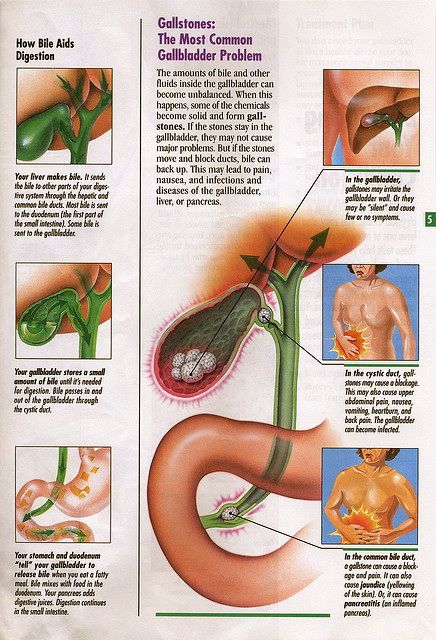 The presentation of this interesting condition is varied and surgical management must be tailored to the individual patient. It is a difficult clinical entity to diagnose and therefore requires a high index of suspicion. Gallstones ileus must be considered in case of intestinal obstruction patients with a previous history of gallstone, especially in elderly females. Abdominal CT scan is the preferred investigation for a timely diagnosis.
The presentation of this interesting condition is varied and surgical management must be tailored to the individual patient. It is a difficult clinical entity to diagnose and therefore requires a high index of suspicion. Gallstones ileus must be considered in case of intestinal obstruction patients with a previous history of gallstone, especially in elderly females. Abdominal CT scan is the preferred investigation for a timely diagnosis.
Our study is approved by ethical committee.
We obtained informed consent by patient.
Marco De Monti: ideation of study.
Giovanni Cestaro: data check and literature research.
Suleiman Alkayyali: patient’s data collection and literature research.
Jacopo Galafassi: grammar check.
Fabrizio Fasolini: supervisor.
We present a case report.
Marco De Monti.
Giovanni Cestaro.
1. Agha R.A., Fowler A.J., Saeta A., Barai I., Rajmohan S., Orgill D.P., SCARE Group The SCARE statement: consensus-based surgical case report guidelines. Int. J. Surg. 2016;34(October):180–186. [PubMed] [Google Scholar]
Int. J. Surg. 2016;34(October):180–186. [PubMed] [Google Scholar]
2. Clavien P.A., Richon J., Burgan S., Rohner A. Gallstone ileus. Br. J. Surg. 1990;77:737–742. [PubMed] [Google Scholar]
3. Fox P.F. Planning the operation for cholecystoenteric fistula with gallstone ileus. Surg. Clin. North Am. 1970;50:93–102. [PubMed] [Google Scholar]
4. VanLandingham S.B., Broders C.W. Gallstone ileus. Surg. Clin. North Am. 1982;62:241–247. [PubMed] [Google Scholar]
5. Chatterjee S., Chaudhuri T., Ghosh G., Ganguly A. Gallstone ileus – an atypical presentation and unusual location. Int. J. Surg. 2008;6:e55–e56. [PubMed] [Google Scholar]
6. Halabi W.J., Kang C.Y., Ketana N., Lafaro K.J., Nguyen V.Q., Stamos M.J., Imagawa D.K., Demirjian A.N. Surgery for gallstone ileus: a nationwide comparison of trends and outcomes. Ann. Surg. 2014;259(February(2)):329–335. [PubMed] [Google Scholar]
7. Hussain Z., Ahmed M.S., Alexander D.J., Miller G.V., Chintapatla S. Recurrent recurrent gallstone ileus. Ann. R. Coll. Surg. Engl. 2010;92:W4–W6. [PMC free article] [PubMed] [Google Scholar]
Ann. R. Coll. Surg. Engl. 2010;92:W4–W6. [PMC free article] [PubMed] [Google Scholar]
8. Nuño-Guzmán C.M., Marıń-Contreras M.E., Figueroa-Sánchez M., Corona J.L. Gallstone ileus. Clinical presentation, diagnostic and treatment approach. World J. Gastrointest. Surg. 2016;8(1):65–76. [PMC free article] [PubMed] [Google Scholar]
9. Al-Obaid O. Gallstone ileus: a forgotten rare cause of intestinal obstruction. Saudi J Gastroenterol. 2007;13:39–42. [PubMed] [Google Scholar]
10. Dai X.-Z., Li G.-Q., Zhang F., Wang X.-H., Zhang C.-Y. Gallstone ileus: case report and literature Re- view. World J. Gastroenterol. 2013;19(33):5586–5589. [PMC free article] [PubMed] [Google Scholar]
Articles from International Journal of Surgery Case Reports are provided here courtesy of Elsevier
Gall bladder and bowel: the links multiply
Article Text
Article menu
- Article
Text - Article
info - Citation
Tools - Share
- Rapid Responses
- Article
metrics - Alerts
Commentary
Gall bladder and bowel: the links multiply
Free
- K W HEATON
- Claverham House
- Streamcross
- Claverham
- N.
 Somerset BS49 4QD, UK
Somerset BS49 4QD, UK
http://dx.doi.org/10.1136/gut.45.2.166
Statistics from Altmetric.com
Request Permissions
If you wish to reuse any or all of this article please use the link below which will take you to the Copyright Clearance Center’s RightsLink service. You will be able to get a quick price and instant permission to reuse the content in many different ways.
See article on page 264
Penning et al’s paper is a brain-teaser (see page 264). It clearly shows is that, in the laboratory, the gall bladder behaves abnormally in patients with chronic constipation. What is much less clear, but very intriguing, is what the findings mean. Recently, the state of the gall bladder in patients with constipation has been attracting attention because of growing evidence that cholesterol gallstones can result from slow intestinal transit.1-3 Slow transit allows the colon to absorb excessive amounts of bacterially degraded substances, including the toxic bile acid, deoxycholic acid (DCA).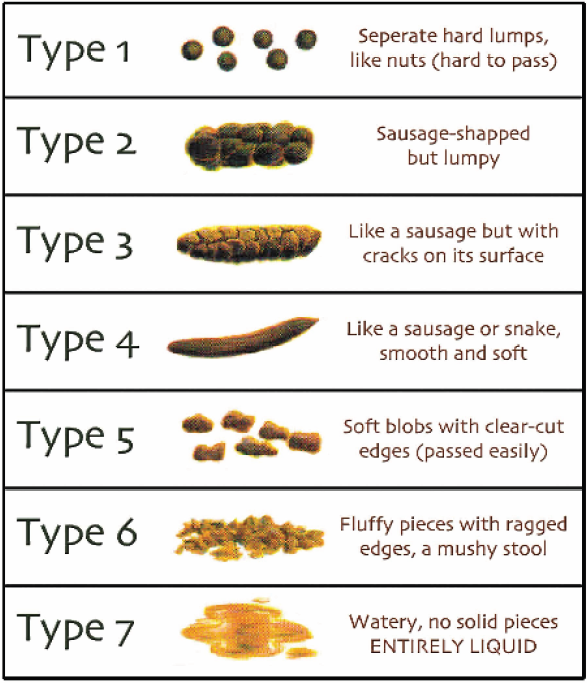 When DCA reaches the liver, it makes it secrete more cholesterol into bile and when it reaches the gall bladder it hastens the crystallisation of cholesterol.2
When DCA reaches the liver, it makes it secrete more cholesterol into bile and when it reaches the gall bladder it hastens the crystallisation of cholesterol.2
,4 So, patients with slow transit constipation should be at high risk of gallstones. Puzzle number one is that the patients in Penning et al’s study seem to have escaped gallstones (although this is not explicitly stated).
But was their gall bladder motility defect likely to lead to gallstones? Impaired gall bladder emptying is certainly a feature of patients with cholesterol gallstones.5 Indeed, it is believed to be a key factor in stone pathogenesis, if only because it favours the growth and retention of calculi within the gall bladder. Latest thinking is that the gall bladder of patients with gallstones may be a poor contractor because its wall is infiltrated with cholesterol, and perhaps inflamed by the high DCA concentrations in the bile inside it.4
,6 It is tempting to welcome Penninget al’s findings as fitting in with this scheme, the slow transit of their patients having led to bile toxic to the gall bladder. However, there is a snag with this interpretation. In the characteristic motility defect of patients with gallstones the resting volume of the gall bladder is large,4 whereas in these constipated patients, the resting volume was smaller than normal—a finding which is unusual and curious.
However, there is a snag with this interpretation. In the characteristic motility defect of patients with gallstones the resting volume of the gall bladder is large,4 whereas in these constipated patients, the resting volume was smaller than normal—a finding which is unusual and curious.
Another difficulty in comparing these new data with published ones is the method used to demonstrate impaired gall bladder emptying, namely sham feeding. The results cannot be extrapolated to the natural stimulus of eating a meal. The response to cholecystokinin—the mediator of food induced contraction—was normal; indeed, in another study of constipated patients (who also had irritable bowel syndrome (IBS)), the response to a cholecystokinin analogue was actually greater than normal.7 So at least we can be sure of one thing—the gall bladder muscle is not to blame. Is it a problem of understimulation? Because the gall bladder’s response to sham feeding involves vagal cholinergic stimulation, Penning et al conclude that failure to respond is a sign of vagal neuropathy. This sounds logical but would be more convincing if tests of vagal function had been carried out and a relation shown between these and the gall bladder dysmotility.
This sounds logical but would be more convincing if tests of vagal function had been carried out and a relation shown between these and the gall bladder dysmotility.
Penning et al ignore the possibility of psychological factors. The response of the gastrointestinal tract to sham feeding is called the cephalic phase and it involves the higher centres of the brain. Having to chew and spit out a meal cannot be a pleasant experience. Suppose that some participants found it positively disgusting, would their gastrointestinal tracts, including their gall bladders, have reacted normally? The emotional reaction of the patients might have been stronger than that of the normal controls. Almost by definition, patients are anxious people (why else do they go to the doctor?) and so more liable to strong emotional reactions. Constipation can itself be a somatic expression of psychic distress8(though patients with functional gastrointestinal disorders who reach specialists are likely to deny their distress9).
In discussing their findings, Penning et al have avoided the biopsychosocial approach but, more conventionally perhaps, have suggested that constipated people have a widespread smooth muscle disorder encompassing the gall bladder as well as the intestine (not a new idea3). This is the language used in the past about IBS but the evidence that gall bladder function is abnormal in IBS, protean though that condition is, is inconsistent.10 Also, the trend in IBS is towards larger fasting volumes,11 not smaller as in Penninget al’s patients. A better analogy might be with functional dyspepsia, where impaired relaxation of the stomach seems to be a feature12 because impaired relaxation of the gall bladder could explain the small fasting volume in Penninget al’s patients.
This study, like many, raises more questions than it answers. It reminds us how little we understand the behaviour of our digestive systems. Functional disorders are difficult to study but study them we must because, more and more, these are the disorders which trouble the patients who face us in our clinics. And every study of a functional disorder should take account of psychosocial factors.
And every study of a functional disorder should take account of psychosocial factors.
References
- ↵
- Heaton KW,
- Emmett PM,
- Symes CL,
- et al.
(1993) An explanation for gallstones in normal-weight women: slow intestinal transit. Lancet 341:8–10.
- ↵
- Dowling RH,
- Veysey MJ,
- Pereira SP,
- et al.
(1997) Role of intestinal transit in the pathogenesis of gallbladder stones. Can J Gastroenterol 11:57–64.
- ↵
- van Erpecum KJ,
- van Berge-Henegouwen GP
(1999) Gallstones: an intestinal disease? Gut 44:435–438.
- ↵
- Portincasa P,
- van de Meeberg P,
- van Erpecum KJ,
- et al.
(1997) An update on the pathogenesis and treatment of cholesterol gallstones. Scand J Gastroenterol 32:60–69.
- ↵
- Jazrawi RP,
- Pazzi P,
- Petroni ML,
- et al.

(1995) Postprandial gallbladder motor function: refilling and turnover of bile in health and in cholelithiasis. Gastronterology 109:582–591.
- ↵
- Apstein MD,
- Carey MC
(1996) Pathogenesis of cholesterol gallstones: a parsimonious hypothesis. Eur J Clin Invest 26:343–352.
- ↵
- Kellow JE,
- Miller LJ,
- Phillips SF,
- et al.
(1987) Altered sensitivity of the gallbladder to cholecystokinin octapeptide in irritable bowel syndrome. Am J Physiol 253:G650–G655.
- ↵
- Devroede G,
- Girard G,
- Bouchoucha M,
- et al.
(1989) Idiopathic constipation by colonic dysfunction. Dig Dis Sci 34:1428–1433.
- ↵
- Heaton KW,
- Thompson WG,
- Smyth GT,
- et al.
(1998) When and why do general practitioners refer IBS patients to gastroenterologists [abstract]? Gut 42:A61.

- ↵
- McKee DP,
- Quigley EMM
(1993) Intestinal motility in irritable bowel syndrome: Is IBS a motility disorder? Part 2. Motility of small bowel, esophagus, stomach and gall-bladder. Dig Dis Sci 38:1773–1782.
- ↵
- Sood GK,
- Baijal SS,
- Lahoti D,
- et al.
(1993) Abnormal gallbladder function in patients with irritable bowel syndrome. Am J Gastroenterol 88:1387–1390.
- ↵
- Troncon LEA,
- Thompson DG,
- Ahluwalia NK,
- et al.
(1995) Relations between upper abdominal symptoms and gastric distension abnormalities in dysmotility like functional dyspepsia and after vagotomy. Gut 37:17–22.
Linked Articles
Read the full text or download the PDF:
Subscribe
Log in using your username and password
For personal accounts OR managers of institutional accounts
Username *
Password *
Forgot your log in details?Register a new account?
Forgot your user name or password?
symptoms, causes and treatments
Contents
- 1 Biliary constipation: symptoms, causes and treatment
- 1.
 1 Biliary constipation: what is it?
1 Biliary constipation: what is it? - 1.2 Causes of biliary constipation
- 1.3 Symptoms of biliary constipation
- 1.4 Diagnosis of biliary constipation
- 1.4.1 History and symptoms
- 1.4.2 Laboratory and instrumental examinations
- 1.4.3 Additional diagnostic methods
- 1.5 Treatment biliary constipation without medication
- 1.5.1 Proper nutrition
- 1.5.2 Active lifestyle
- 1.5.3 Regular food and habits
- time for medication
- 1.6.1 Preparations for improvement of gallbladder contraction
- 1.6.2 Preparations to thin bile
- 1.6.3 Preparations to reduce pain and inflammation
- 1.6.4 Preparations to dissolve gallstones
- 1.7 Prevention of biliary constipation
- 1.7.1 Maintaining a proper diet
- 1.7.2 Regular fluid intake
- 1.7.3 Exercise
- 1.7.4 Avoiding bad habits
9 0005 1.7.5 Regular medical examination
- 1.
 8 Proper nutrition for biliary constipation
8 Proper nutrition for biliary constipation- 1.8.1 Introduction
- 1.8.2 Which foods should be avoided?
- 1.8.3 Which products should be included?
- 1.8.4 What other measures should be taken to combat biliary constipation?
- 1.9 Nutrition tips for biliary constipation
- 1.9.1 Increase your water intake
- 1.9.2 Avoid fatty and fried foods
- 1.9.3 Increase your fiber intake 90 008
- 1.9.4 Eat small meals often in portions
- 1.9.5 Limit salt and sugar intake
- 1.10 The importance of physical activity for biliary constipation
- 1.11 Consult a doctor if you have biliary constipation
- 1.12 Related videos:
- 1.13 Q&A:
- 1.13.0.1 What is biliary constipation?
- 1.13.0.2 What symptoms can biliary constipation cause?
- 1.13.0.3 What are the causes of biliary constipation?
- 1.13.0.4 How is biliary constipation diagnosed?
- 1.
 13.0.5 How is biliary constipation treated?
13.0.5 How is biliary constipation treated? - 1.13.0.6 Can biliary constipation be prevented?
- 1.
Biliary constipation is a malfunction of the gallbladder caused by a violation of the outflow of bile. Symptoms, causes and treatments for biliary constipation.
Biliary constipation is a disorder that occurs when bile does not enter the intestines and remains in the gallbladder. This can lead to a variety of symptoms, including pain in the right side of the abdomen, jaundice, nausea, and vomiting. Gallstone constipation can occur due to various causes such as gallstones, inflammation of the gallbladder, or obstruction of the bile ducts.
If you are suffering from symptoms of biliary constipation, you should see a doctor for a diagnosis. Your doctor will usually order an ultrasound of your gallbladder and ducts to determine the cause of your disease.
Treatment for biliary constipation may vary depending on its cause. If the cause lies in the presence of gallstones, then surgery may be required. In some cases, conservative treatment, including medication and diet, may help. In addition, pain can be reduced with mild painkillers.
If the cause lies in the presence of gallstones, then surgery may be required. In some cases, conservative treatment, including medication and diet, may help. In addition, pain can be reduced with mild painkillers.
It is important to remember that untreated biliary constipation can lead to serious complications such as infection, pancreatitis and even sepsis. Therefore, do not delay the trip to the doctor to start timely treatment.
Biliary constipation: what is it?
Biliary constipation is a disorder in the flow of bile in the biliary tract, which leads to obstruction of the release of bile into the intestines. This process can occur for various reasons, including gastroenterological diseases, gallstone disease, pancreatitis, and malnutrition.
The main symptom of biliary constipation is a feeling of heaviness and pain in the right hypochondrium, which is usually worse after eating fatty or fried foods. In addition, nausea, vomiting, bitter taste in the mouth, constipation or diarrhea may occur.
If you suspect biliary constipation, you should see a doctor. Diagnosis includes blood and urine tests, ultrasound, as well as x-rays and MRI.
Treatment of biliary constipation depends on its cause. In most cases, a diet is prescribed that excludes fatty and fried foods, as well as medications to improve the outflow of bile. In some cases, surgery may be required.
Causes of biliary constipation
biliary constipation is a condition in which bile does not flow from the gallbladder into the intestines. It can occur for many reasons:
- Hypomotor gallbladder. If the gallbladder cannot contract and expel the bile, it will remain in the body.
- Wrong diet. Foods that are too fatty, spicy or sweet can cause bile stasis in the bladder and lead to biliary constipation.
- Pathology of the biliary tract. Tumors, stones, inflammation and other diseases of the biliary tract can block the flow of bile and cause biliary constipation.

- Chronic diseases. Biliary constipation can be a consequence of chronic diseases such as pancreatitis, stomach ulcers, etc.
If you have symptoms of biliary constipation, you should consult a doctor to determine the cause and prescribe the necessary treatment.
Symptoms of biliary constipation
biliary constipation is a violation of the excretion of bile, which leads to various symptoms. Here are some of them:
- Pain in the right hypochondrium – due to the fact that bile cannot leave the biliary tract and accumulates in the gallbladder. Pain can be sharp and paroxysmal.
- Nausea – also a symptom of biliary constipation. It may be accompanied by vomiting.
- Jaundice – due to the fact that bile enters the bloodstream and causes yellowing of the skin and sclera.
- Decreased Appetite – Bile plays an important role in digestion and if it is not enough, the digestion process can be disturbed, causing a decrease in appetite.

- Changes in stool – stool discharge may change color, become lighter or darker, and may also smell putrid.
If you notice any of these symptoms, please see your doctor. He will conduct the necessary examination and offer the necessary treatment.
Diagnosis of biliary constipation
History and symptoms
Diagnosis of biliary constipation requires a history and examination of relevant symptoms. With a history, the doctor pays attention to the presence of attacks of pain in the right hypochondrium, nausea, vomiting, bitterness in the mouth after eating fatty or fried foods. The regularity and frequency of these symptoms are important in determining the diagnosis.
When examining the patient and palpation of the abdomen, the doctor pays attention to the presence of pain in the right upper quadrant, an increase in the gallbladder, the presence of deformities and tumors.
Laboratory and instrumental studies
Laboratory and instrumental studies are carried out to clarify the diagnosis, such as a complete blood count, biochemical studies, ultrasound of the abdominal organs, X-ray, etc.
images of the biliary tract and digestibility of the esophagus, stomach and duodenum.
Additional diagnostic methods
In some cases, it may be necessary to conduct endoscopic and electrogastroenterographic studies that provide an accurate picture of the condition of the esophagus, stomach, intestines and other organs of the digestive system.
Also, the doctor may order an additional study of the combination of acidity in the stomach. In this case, the patient will have to drink a special water-soluble substance, after which samples are taken for 5-10 minutes at different points in time. The data obtained helps the doctor determine the level of acidity in the stomach and determine the presence of a source of possible problems with the gallbladder.
Treatment of biliary constipation without drugs
Proper nutrition
biliary constipation can be caused by malnutrition. Therefore, it is important to watch what you eat. Include more vegetables, fruits, greens, buckwheat, rice, dairy products in your diet.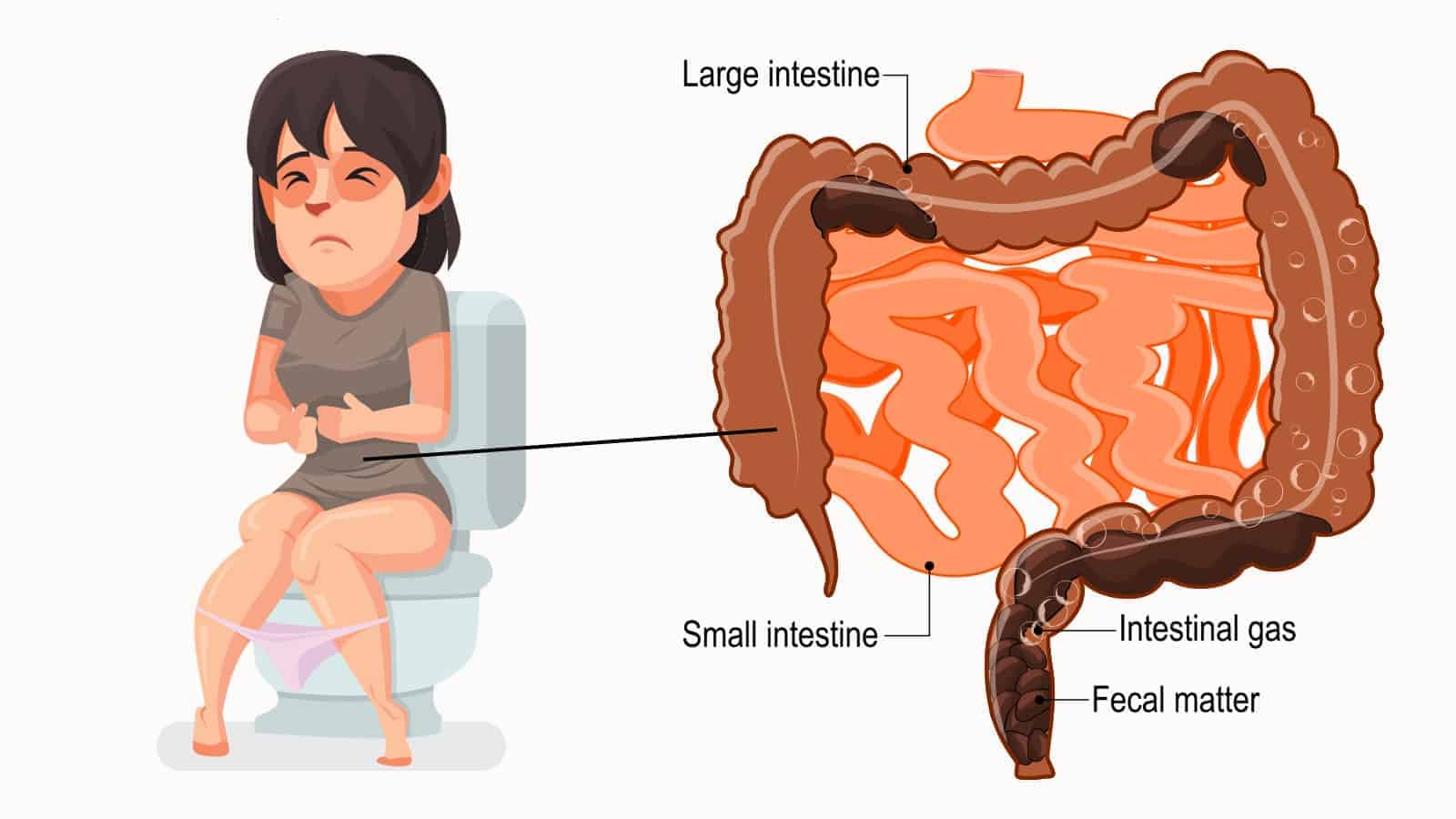 Avoid fatty, fried, spicy, canned, sweet, and salty foods. Also limit your intake of coffee, tea, alcohol and carbonated drinks. Drink more water.
Avoid fatty, fried, spicy, canned, sweet, and salty foods. Also limit your intake of coffee, tea, alcohol and carbonated drinks. Drink more water.
Active lifestyle
Move more! Sport helps to improve intestinal motility, which will help to avoid constipation. But it is not necessary to engage in intense physical activity, just walk in the fresh air, do morning exercises or do yoga.
Regular food and habits
One of the main tips in the treatment of biliary constipation is the formation of a proper diet, which must be followed. Eat regularly, every day at the same time, so that the food has time to be digested and left the stomach. Try not to snack between main meals. The regularity of food allows you to facilitate the work of the gastrointestinal tract.
Regular fluid intake
In order to avoid biliary constipation, it is necessary to monitor the intake of water and other light drinks. Stop drinking carbonated drinks that impair bowel function. Take cool teas with honey, compotes, herbal decoctions. Drink at least two liters of fluid per day.
Take cool teas with honey, compotes, herbal decoctions. Drink at least two liters of fluid per day.
Treatment of biliary constipation with drugs
Drugs to improve gallbladder contraction
For the treatment of biliary constipation associated with a slowdown in gallbladder contraction, drugs based on cholecystokinetics are often used, stimulating contraction of the gallbladder and improving the transport of bile. This category includes drugs such as Cerucal, Motilium, Levospasm, etc.
Bile thinners
If the bile is too viscous to move efficiently through the bile ducts, then bile thinners such as Ursofalk, Cholestil and Flavodin are used. . They allow bile to flow more easily and reduce the risk of gallstones.
Pain and inflammation medications
Anti-inflammatory drugs such as Nurofen, Ketanov, Ibuprofen, etc. can be used to relieve pain and inflammation caused by biliary constipation. They help desensitize pain receptors in tissues and reduce inflammation, which can relieve pressure from accumulated bile in the abdomen.:max_bytes(150000):strip_icc()/1942943-what-causes-orange-stool-01-5b2fe57deb97de0036f361e7.png)
Gallstone-dissolving drugs
Gallstone-dissolving drugs such as Ursodeoxycholic acid (UDCA) and Cholesal can be used to treat biliary constipation associated with the presence of gallstones in the gallbladder. These medications can help dissolve stones up to 2 cm in size without surgery.
- For the treatment of biliary constipation, it is necessary to consult a doctor for diagnosis and effective therapy.
- The use of drugs should be carried out only as prescribed by a doctor, taking into account individual characteristics and concomitant diseases.
Prevention of biliary constipation
Maintaining a healthy diet
To prevent biliary constipation, it is recommended to avoid fatty, spicy, salty foods, canned foods rich in animal fats and fast foods. Instead, you should eat more vegetables, fruits, greens, lean protein foods, and complex carbohydrates.
Regular fluid intake
To avoid biliary constipation, you should also regularly drink enough fluids, including clean water. This helps to speed up the movement of contents through the intestines and avoid stagnation of bile.
This helps to speed up the movement of contents through the intestines and avoid stagnation of bile.
Exercise
Regular exercise, such as daily walks or sports, can also help prevent biliary constipation. They speed up the process of digestion, improve blood circulation and prevent bile stasis.
Stop bad habits
To prevent biliary constipation, it is recommended to stop smoking and drinking alcoholic beverages. These bad habits can cause bile stasis and worsen the general condition of the body.
Regular medical examination
Regular medical examinations are recommended to detect possible gallbladder problems in a timely manner. Early detection and treatment of pathologies will help prevent the development of biliary constipation and prevent possible complications.
Recommended foods to prevent biliary constipation: Foods to avoid:
|
|
Proper nutrition for biliary constipation
Introduction
biliary constipation is an unpleasant condition that is associated with problems with the biliary system. It leads to disruption of the normal functioning of the liver, gallbladder and channels. Faced with this problem, most people begin to look for ways to treat it. But few people think about the fact that proper nutrition can have a huge impact on this problem.
It leads to disruption of the normal functioning of the liver, gallbladder and channels. Faced with this problem, most people begin to look for ways to treat it. But few people think about the fact that proper nutrition can have a huge impact on this problem.
Which foods should be excluded?
- Fatty foods. Eliminate fatty foods, as they promote the formation of gallstones and cause intense pain;
- Spicy and fried foods. These foods can also cause intense pain and increase pressure in the biliary tract, leading to irritation of the gallbladder walls and ducts;
- Coffee and alcohol. These drinks can cause digestive problems, so it’s best to cut or eliminate them from your diet;
Which products should be included?
- Vegetables and fruits. These foods are included in food as highly digestible and rich in fiber digestible and ready to provide the body with trace elements and vitamins;
- Strictly formatted meat and poultry.
 They should be low in calories and low in fat;
They should be low in calories and low in fat; - Dairy products. Dairy products are rich sources of calcium and protein;
What other measures should be taken to combat biliary constipation?
- Drink enough water. Drinking clean spring water is the main measure to prevent inflammation in the biliary system;
- Eliminate stress. Negative emotions and stressful situations can have a strong effect on the functioning of the digestive system. So try to minimize stress and practice relaxation techniques.
Nutrition tips for biliary constipation
Increase your water intake
In biliary constipation, it is important to increase your water intake. Water helps dissolve bile and speed up its excretion from the body. It is recommended to drink 1.5-2 liters of pure water per day. You can also drink green tea and freshly squeezed juices.
Avoid fatty and fried foods
Fatty and fried foods can worsen biliary constipation and should therefore be avoided.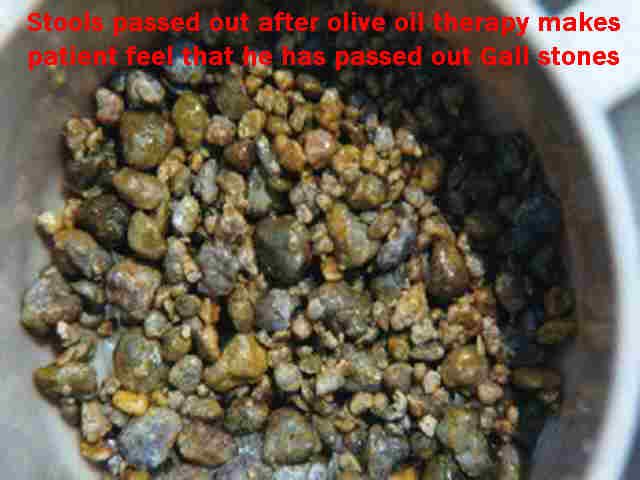 It is recommended to eat low-calorie meals rich in vegetables and fruits. Fried food can be replaced with steamed or baked.
It is recommended to eat low-calorie meals rich in vegetables and fruits. Fried food can be replaced with steamed or baked.
Increase the amount of plant fibers
Plant fibers help improve digestion and speed up the excretion of bile from the body. It is recommended to consume vegetables, fruits, legumes, bread and cereals. If you are constipated, you can take fiber supplements.
Eat small meals often
Large meals are not recommended for biliary constipation. Frequent consumption of small meals can improve digestion and prevent bile stasis. It is recommended to eat at least 5 meals a day and include easily digestible proteins in the diet, such as chicken or turkey fillet, fish or minced meat.
Limit salt and sugar intake
Salty and sugary foods may worsen biliary constipation. It is recommended to limit the intake of salt, sugar, honey and confectionery. It is better to replace them with fruits, berries or nuts.
Foods recommended for biliary constipation: Foods not recommended for biliary constipation:
|
|
The importance of physical activity in biliary constipation
biliary constipation is a violation of the process of removing bile from the biliary tract.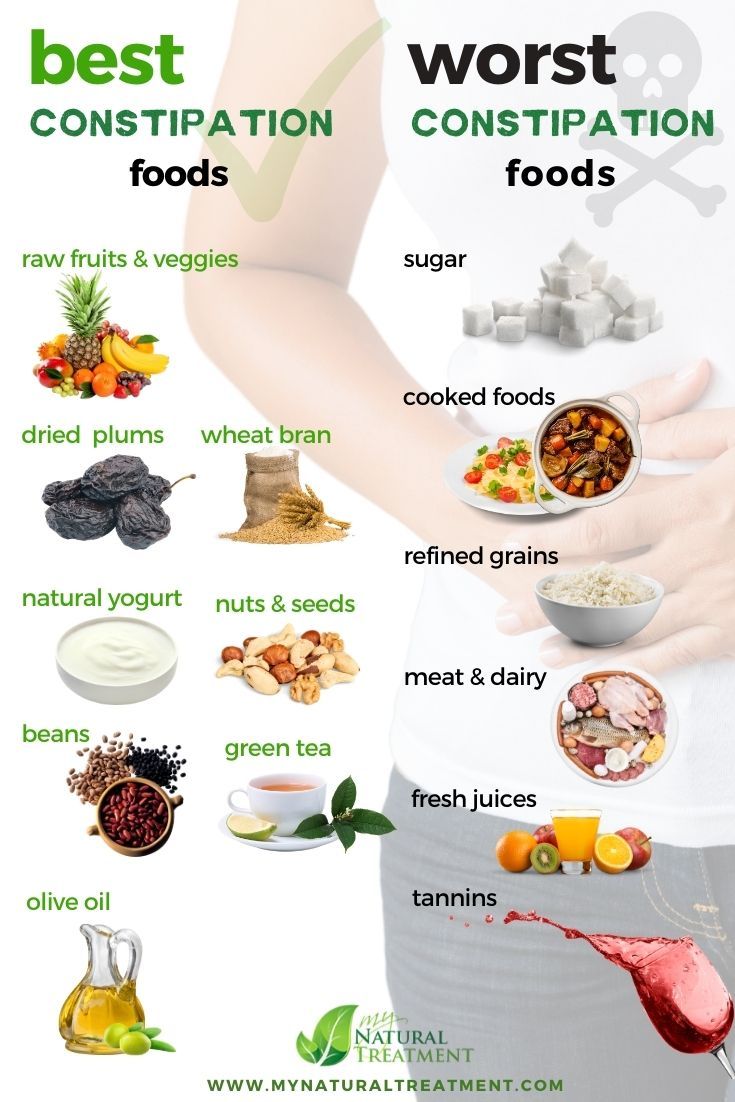 It is often associated with lifestyle, namely: a sedentary lifestyle, unhealthy diet, obesity, and the presence of gallstones.
It is often associated with lifestyle, namely: a sedentary lifestyle, unhealthy diet, obesity, and the presence of gallstones.
Physical activity is one of the key factors in the prevention and treatment of biliary constipation. Regular exercise helps to activate the digestive tract, prevent congestion and help alleviate the dryness of the mucous membrane.
- Outdoor walks, running, skiing, skating, swimming, yoga and dancing are enjoyable and affordable physical activities that help improve the functioning of the biliary tract.
- However, it is important to choose activities depending on your state of health and coordinate with your doctor. Failure to comply with the recommendations can lead to an exacerbation of the disease and a deterioration in the general condition of the patient.
Regular physical activity , combined with proper nutrition, avoidance of bad habits and prevention of obesity, will prevent the onset of biliary constipation and even cure it in its original form.
Consultation with a doctor in the presence of biliary constipation
biliary constipation is a disease that occurs when there is a violation of the excretion of bile from the gallbladder. It can be caused by various reasons, such as the presence of stones in the bile ducts, narrowing of the bile duct, inflammation of the gallbladder, as well as malnutrition. As a rule, symptoms of biliary constipation are nausea, vomiting, pain in the right hypochondrium, bitterness in the mouth, and appetite may decrease. Therefore, in the presence of such symptoms, it is necessary to consult a doctor.
The first step in contacting a doctor will be taking an anamnesis , during which the specialist will learn from the patient about the symptoms, their duration, etc. This is followed by an examination and additional examinations, such as ultrasound of the gallbladder, gastroscopy, complete blood count, etc.
Treatment of biliary constipation depends on its cause . In some cases, you can do without surgery and achieve the effect with the help of conservative treatment: diet, medications and physiotherapy. However, in more severe cases, surgery may be required to remove stones from the bile ducts.
In some cases, you can do without surgery and achieve the effect with the help of conservative treatment: diet, medications and physiotherapy. However, in more severe cases, surgery may be required to remove stones from the bile ducts.
It is important to remember that self-treatment can harm your health . If you suspect biliary constipation, you should immediately contact a specialist. An early visit to the doctor will allow you to maintain health and quickly get rid of problems with the gallbladder and its channels.
Related videos:
Q&A:
What is biliary constipation?
Biliary constipation is a disease in which bile does not exit the gallbladder into the intestines, which leads to impaired digestion of fats and other substances, as well as pain in the right hypochondrium.
What symptoms can be caused by biliary constipation?
Symptoms of biliary constipation may include: pain and discomfort in the right hypochondrium, nausea, vomiting, belching, heartburn, diarrhea or constipation, yellowness of the skin and sclera, and increased or decreased appetite.
What are the causes of biliary constipation?
Biliary constipation can be caused by various causes: cholelithiasis, biliary dyskinesia, tumors of the biliary tract, injury or inflammation in the biliary tract, infections, malnutrition, etc.
How is biliary constipation diagnosed?
Diagnosing biliary constipation using examination methods such as ultrasound of the gallbladder, biliary tract, pancreatoduodenal zone, x-ray of the biliary tract with contrast injection, endoscopic retrograde cholangiopancreatography, etc.
How is biliary constipation treated?
Treatment of biliary constipation depends on the cause and may include: diet, choleretic and anti-inflammatory drugs, physical therapy, surgery.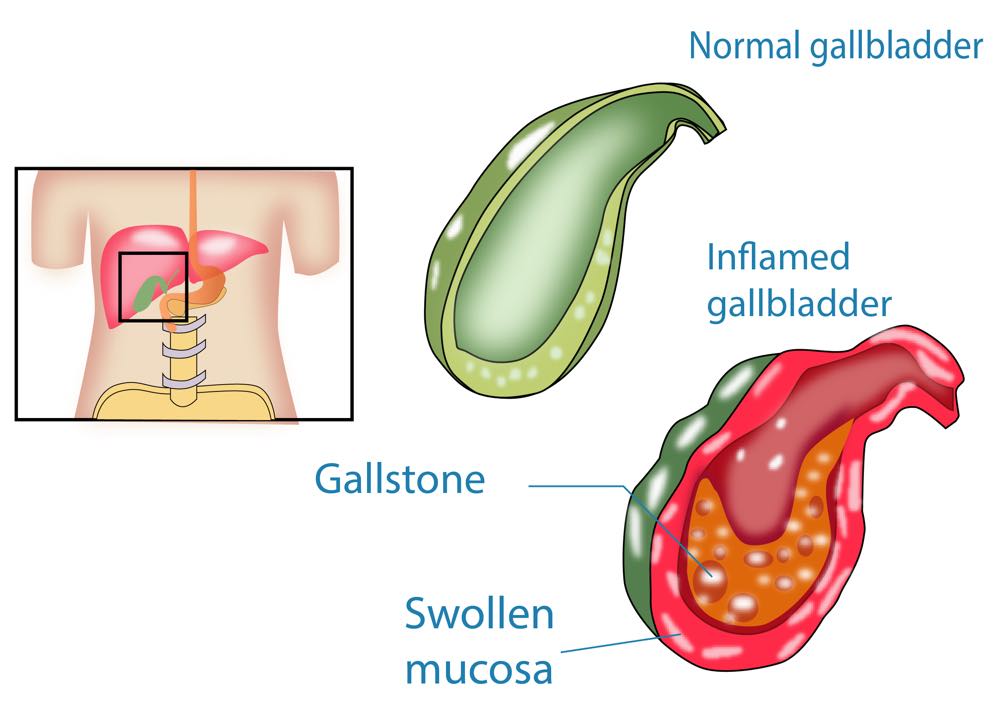 In some cases, drug anesthesia may be prescribed.
In some cases, drug anesthesia may be prescribed.
Can biliary constipation be prevented?
To prevent biliary constipation, it is recommended to follow a proper diet, avoid fatty, spicy, smoked foods, abuse alcohol, carry out hygienic processing of vegetables and fruits, avoid prolonged sitting or lying down, exercise, control your weight.
Biliary constipation – symptoms and causes
Biliary constipation
Biliary constipation – symptoms and causes | Constipation due to gallbladder
From the article you will learn what biliary constipation is, when and against the background of what diseases of the gallbladder it can occur, as well as the symptoms and treatment of this type of constipation.
Fitomucil Norm
The condition and function of the gallbladder are interrelated with constipation: intestinal motility disorders are one of the most common consequences of diseases of the biliary system. Insufficient flow of bile into the intestines can lead not only to defecation disorders, but also to the appearance of other symptoms. Therefore, it is important to accurately determine the cause of constipation, review nutrition and undergo therapeutic measures.
Therefore, it is important to accurately determine the cause of constipation, review nutrition and undergo therapeutic measures.
The role of the gallbladder and bile
The gallbladder is an organ of the digestive system measuring up to 12 cm in length and not more than 5 cm in width. In essence, it is a reservoir in which bile produced by liver cells accumulates. In addition to its main function of storing bile, the organ performs other tasks.
The following processes take place in the gallbladder:
- absorption of water from bile;
- accumulation of bile acids;
- Uniform release of bile acids after a meal.
Doctor of Medical Sciences, Professor L. I. Nazarenko and co-authors in their scientific work note that “the contraction of the gallbladder occurs in response to food intake” (Nazarenko L. I., Baranovsky A. Yu., 2013, p. 84). It does this by contracting the smooth muscles of the hollow organ. The bile stored in it is sent in small portions to the duodenum. And already there, bile performs the following functions of digestion:
The bile stored in it is sent in small portions to the duodenum. And already there, bile performs the following functions of digestion:
- neutralizes the enzyme of gastric juice, rebuilding the process of digestion from gastric to intestinal;
- blends fats;
- activates the pancreatic enzyme, which is responsible for the breakdown of fats;
- is involved in the absorption of fat-soluble vitamins, amino acids, and calcium salts;
- enhances the work of the mucous glands, which produce a protective secret;
- inhibits the reproduction of pathogenic microorganisms;
- activates parietal digestion with the help of enzymes that are produced by the glands of the intestinal wall;
- activates the peristalsis of the small intestine.
It is important to understand that constipation due to problems with the gallbladder is mainly associated with a violation of one of the two most important conditions for the normal functioning of the organ: the normal contractile activity of the gallbladder or the stability of the volume and ratio of bile components. Consider the main diseases that lead to the fact that these conditions are not met.
Consider the main diseases that lead to the fact that these conditions are not met.
Constipation due to malfunctions of the gallbladder develop mainly against the background of insufficient flow of bile into the intestine, which is associated with a violation of the contractile activity of the organ. This leads to stagnation of accumulated bile, as a result of which its properties and composition change.
Let’s name the most common diseases of the biliary system:
- Biliary dyskinesia (BIT). This is a functional disorder that is associated with dysfunction of the sphincters and a disorder of contractile activity. Constipation is a characteristic symptom of biliary dyskinesia.
- Inflection of the gallbladder. Such an anomaly in the structure of a hollow organ can occur in different parts of the gallbladder, be congenital or acquired.
- Cholecystitis. An inflammatory disease can develop due to parasitosis, infection with a virus, E.
 coli, or other pathogenic flora. You can read more about constipation with cholecystitis in a separate article.
coli, or other pathogenic flora. You can read more about constipation with cholecystitis in a separate article. - Gallstone disease. This is a disease that develops due to a violation of the ratio of bile components. Research confirms the role of gallstone disease in the development of constipation. For example, Doctor of Medical Sciences, Professor, pediatric gastroenterologist A. I. Khavkin emphasizes in his work that “constipation is associated with more frequent formation of gallstones” (Havkin A. I., 2006, p. 159). Possible reasons are a decrease in the production of bile acids that stimulate peristalsis, an increase in cholesterol and bilirubin levels.
- Removal of the gallbladder. Sometimes gallbladder disease requires surgical intervention in the form of cholecystectomy. As a result of the operation, the work of the biliary system changes dramatically, which leads to constipation. Read more about this here.
Symptoms of bile stasis
As a rule, constipation is observed with a poor outflow of bile.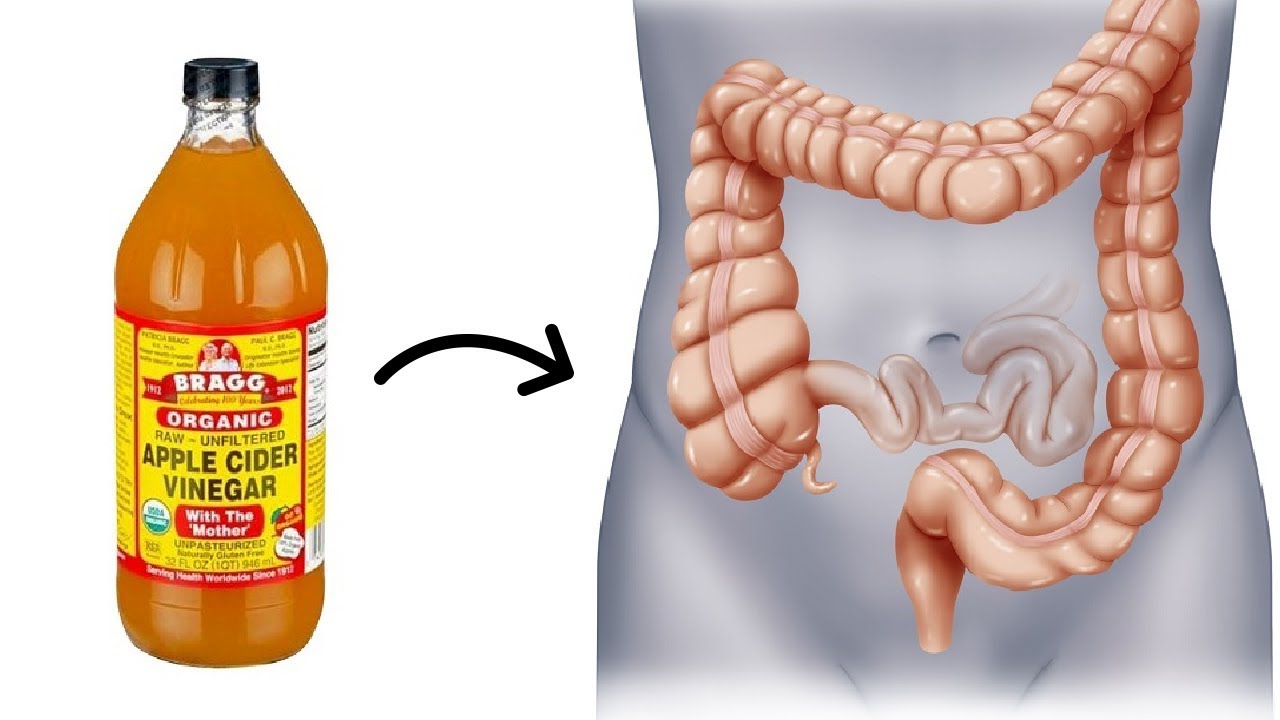 This may be due to stagnation of bile due to a change in its consistency, due to a violation of the tone of the organ and its anatomical features. At the same time, in addition to stool retention, symptoms such as:
This may be due to stagnation of bile due to a change in its consistency, due to a violation of the tone of the organ and its anatomical features. At the same time, in addition to stool retention, symptoms such as:
- drawing, aching pain in the right hypochondrium;
- a feeling of heaviness and discomfort in the right side, a feeling of pressure or a foreign body;
- pain on the right when tilting, turning the body;
- pain radiating to the right arm, collarbone, shoulder blade, especially after prolonged sitting;
- dry mouth, nausea, bitterness;
- slight yellowing of the skin.
Bile stasis is not as harmless as it seems at first glance – it can cause serious disruption of the intestines, lead to intoxication, and even skin manifestations of the disease.
Symptoms of constipation associated with various diseases of the gallbladder
Delayed bowel movements associated with a violation of the state and function of the gallbladder may be accompanied by various symptoms – characteristic and non-specific.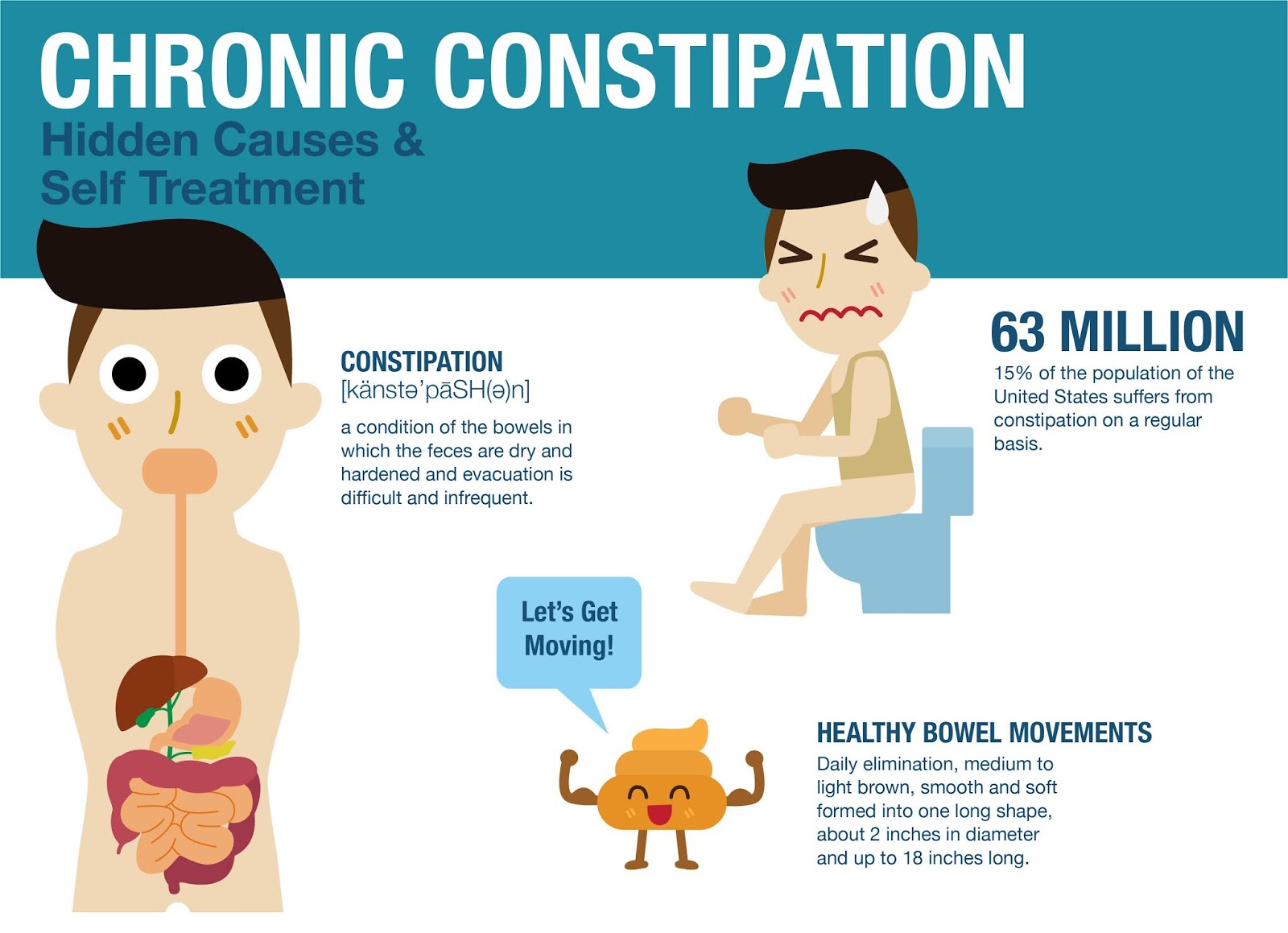
Constipation in biliary dyskinesia is often spastic in nature. With a decrease in the contractile activity of the sphincters, hard, fragmented feces can occur, which is also called sheep feces. Often this is accompanied by cutting spastic pain in the abdomen, bloating, increased gas formation.
Constipation can occur even with daily defecation, but in insufficient volume, which leads to intoxication. As a result, a person feels overwhelmed and tired, his performance decreases, dizziness, bad mood appear.
With JVP of the hypertonic type, that is, with increased contractile activity of the gallbladder, there is an accelerated excretion of bile. This can lead to atonic constipation, with a feeling of incomplete bowel movement.
Constipation due to the bend of the gallbladder is characterized by the fact that bile enters the intestine in insufficient volume, stagnates, and in some cases completely stops its flow. As a result, the digestion of fats and assimilation is disturbed, the feces can be dry, hard.
When the mucous membranes are injured by hard feces, streaks of blood are noted in the stool, and discomfort, pain, and burning are felt in the anus. Characteristic signs of the bending of the gallbladder: nausea, bitterness in the mouth, heaviness in the right side.
Gallstone disease can lead to prolonged constipation, usually of a spastic nature.
Constipation with inflammation of the gallbladder is quite long, accompanied by characteristic symptoms. And when the gallbladder is removed, the outflow of bile occurs directly into the intestine, as a result of which the activity of enzymes decreases, defecation disorders appear, food particles in the feces.
Diet for constipation caused by diseases of the gallbladder
How to establish bile flow, and solve many other problems with the gastrointestinal tract, proper nutrition helps. We have already noted above that the contraction of the gallbladder occurs in response to food intake. Therefore, with insufficient contractile activity, frequent, fractional meals can be recommended. Due to the absence of long breaks between meals, bile will not stagnate.
Therefore, with insufficient contractile activity, frequent, fractional meals can be recommended. Due to the absence of long breaks between meals, bile will not stagnate.
General principles of a balanced diet for most gallbladder diseases:
- it is better to chew slowly, carefully: the smaller the food, the better it is digested and absorbed;
- it is important to eat fractionally (up to 6 times a day) and in small portions;
- The last meal should be no later than 2 hours before bedtime.
Be sure to avoid overeating so as not to overload the digestive system. MD Lyudmila Ivanovna Nazarenko emphasizes that “rare meals contribute to the development of cholestasis, and in the presence of increased lithogenicity of bile, the formation of stones” (Nazarenko L. I., Baranovsky A. Yu., 2013, p. 84).
With biliary dyskinesia of any type, soups on low-fat, vegetable broth with cereals can be recommended, as a second – dishes from low-fat varieties of meat, fish, poultry. Useful products for any diseases of the gallbladder:
Useful products for any diseases of the gallbladder:
- sour cream as a salad dressing, a small amount of butter, mild cheeses, fermented milk products;
- boiled eggs;
- vegetables, fruits and berries, other than sour varieties;
- puddings, marshmallows, preserves, jams.
With any violation of the outflow of bile, it is important to abandon fatty foods. L. I. Nazarenko and her colleagues have the following recommendation: “There is no doubt the need to limit the diet of refractory fats (lamb, pork, beef), because they are difficult to digest, contain a lot of cholesterol and saturated fatty acids, and can contribute to the formation of cholesterol stones and development of fatty infiltration of the liver” (Nazarenko L. I., Baranovsky A. Yu., 2013, p. 84).
You will have to give up sausages, smoked meats, fried foods, lard. Spicy, fatty sauces, margarine, rich broths, onions, garlic, mushrooms, vegetables rich in essential oils, chocolate, coffee, and soda should also be excluded from the diet.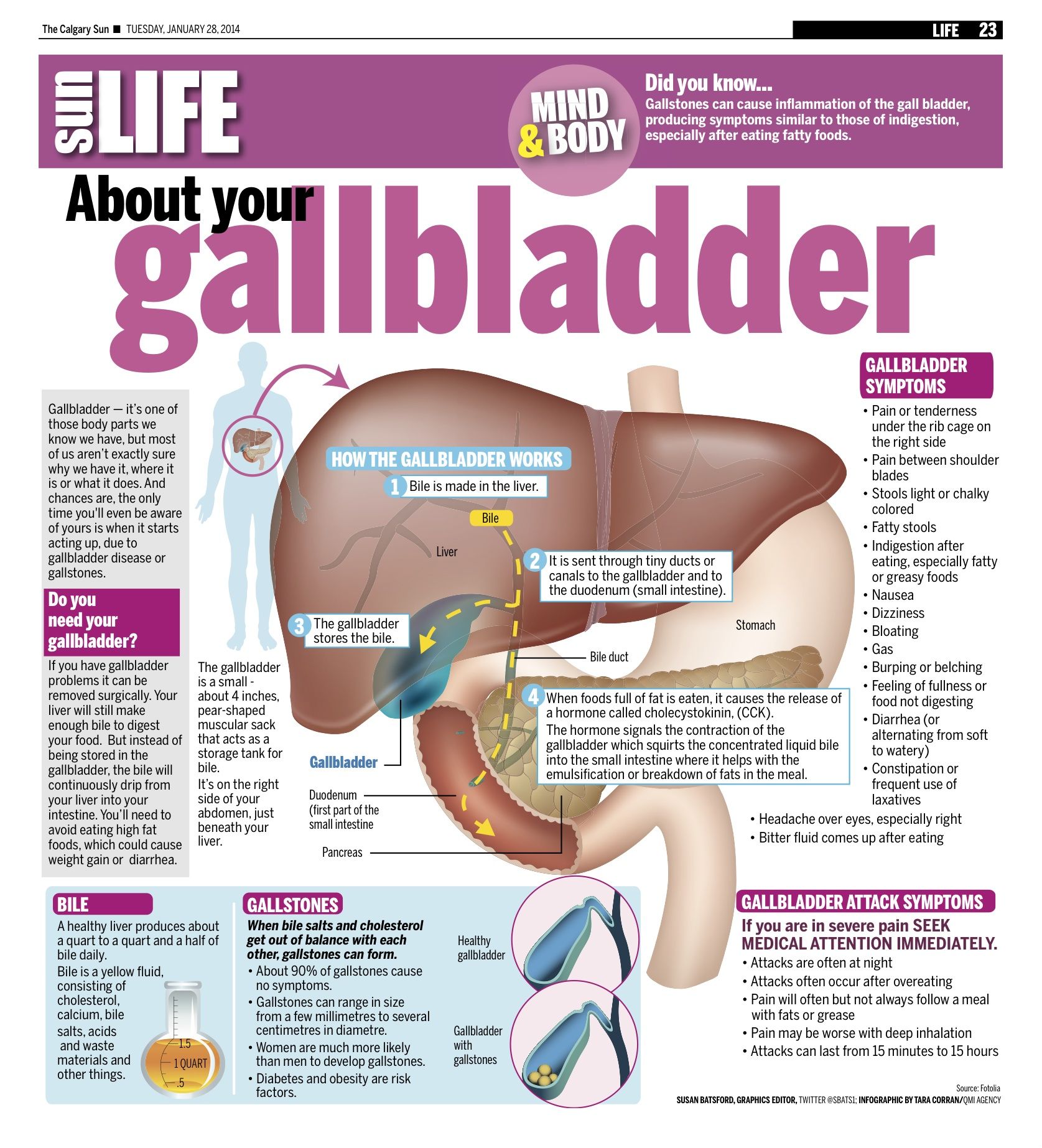 As for the temperature of food, it is better to give preference to warm dishes and drinks.
As for the temperature of food, it is better to give preference to warm dishes and drinks.
How to improve the outflow of bile
When symptoms of gallbladder problems appear, it is very important to see a doctor. Each disease of the hepatobiliary system has its own characteristics of treatment, and there is no single recipe for everyone. Depending on the identified ailment, the specialist may prescribe the following medicines:
- Choleretic drugs, cholekinetics to eliminate bile stasis and improve contractile function.
- Choleretics are drugs that increase bile formation.
- Bile acid preparations. So, Ph.D., Associate Professor Yu. O. Shulpekova, there is an indication that “choleretic agents and preparations containing bile acids can be effective in the treatment of constipation, since the latter stimulate the secretory and motor activity of the intestine” (Shulpekova Yu. O., 2006, p. 90).
In addition to drug therapy is massage and exercise therapy. Doctors also recommend increasing physical activity. Physiotherapy methods may be relevant, for example, electrical stimulation of the intestines, when with the help of an electric current it is possible to cause a contraction of the intestine, similar to the natural urge to defecate.
Doctors also recommend increasing physical activity. Physiotherapy methods may be relevant, for example, electrical stimulation of the intestines, when with the help of an electric current it is possible to cause a contraction of the intestine, similar to the natural urge to defecate.
To eliminate the stagnation of bile, the doctor may advise a blind tubage. However, this method is strictly contraindicated in acute cholecystitis, as well as in cholelithiasis. Cholagogue drugs are also contraindicated in the presence of stones, so it is very important to clarify the diagnosis, find out about your state of health before taking measures to treat bile stasis.
Symptomatic therapy is effective for constipation, including those caused by diseases of the gallbladder. One of the effective ways in the framework of such therapy is the use of laxatives.
“Phytomucil Norm” – a way to combat constipation
Get rid of constipation will help the drug “Fitomucil Norm”.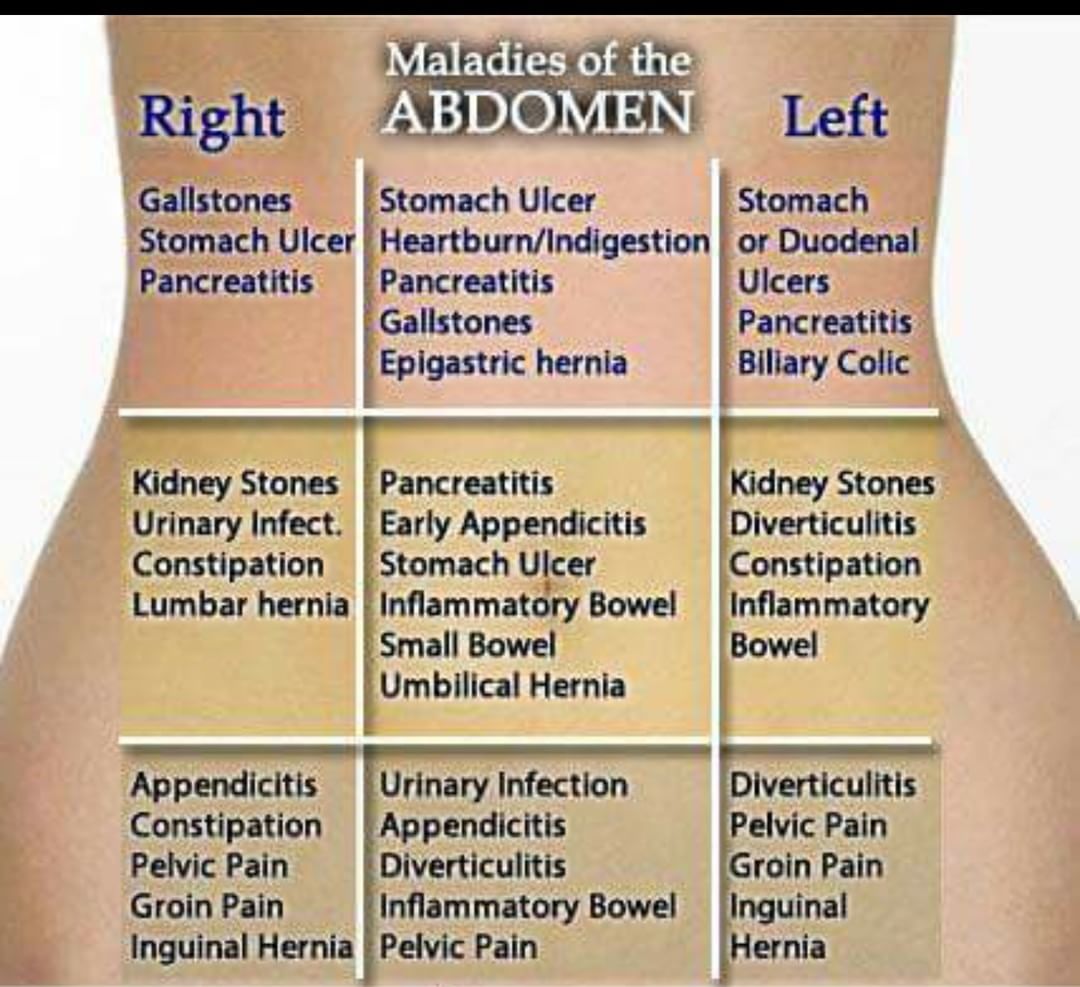 It includes the shell of psyllium seeds and the pulp of the fruit of the plum house. Soluble vegetable fibers, entering the intestines, absorb water and turn into a gel, while insoluble fibers gently stimulate intestinal motility.
It includes the shell of psyllium seeds and the pulp of the fruit of the plum house. Soluble vegetable fibers, entering the intestines, absorb water and turn into a gel, while insoluble fibers gently stimulate intestinal motility.
As a result, the drug has a mild laxative effect, without causing spasms and pain. “Fitomucil Norm” does not lead to addiction, as it does not contain senna and other substances that stimulate intestinal receptors. Therefore, it can be taken for a long time to achieve regular and predictable bowel movements.
It is important to consult a physician regarding the treatment of biliary constipation. There may be certain limitations, and only a specialist will tell you how to deal with the problem.
The article is for informational purposes only. The authors are not responsible for the quality of services provided by third parties and for possible complications.
References
- Khavkin AI Chronic constipation.


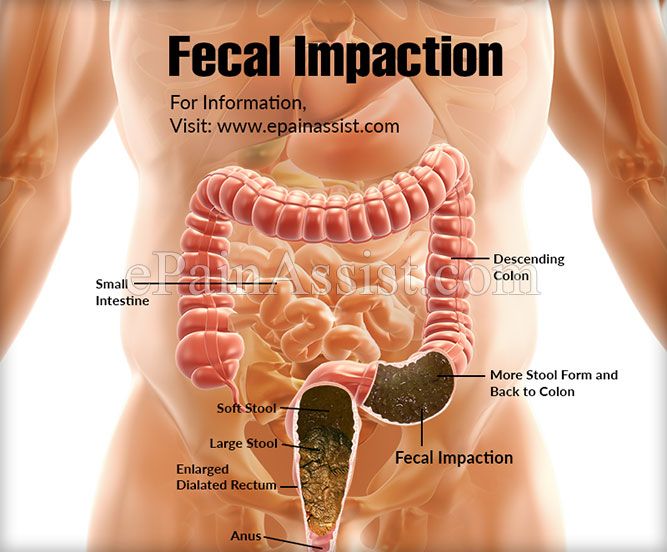 Somerset BS49 4QD, UK
Somerset BS49 4QD, UK

 1 Biliary constipation: what is it?
1 Biliary constipation: what is it?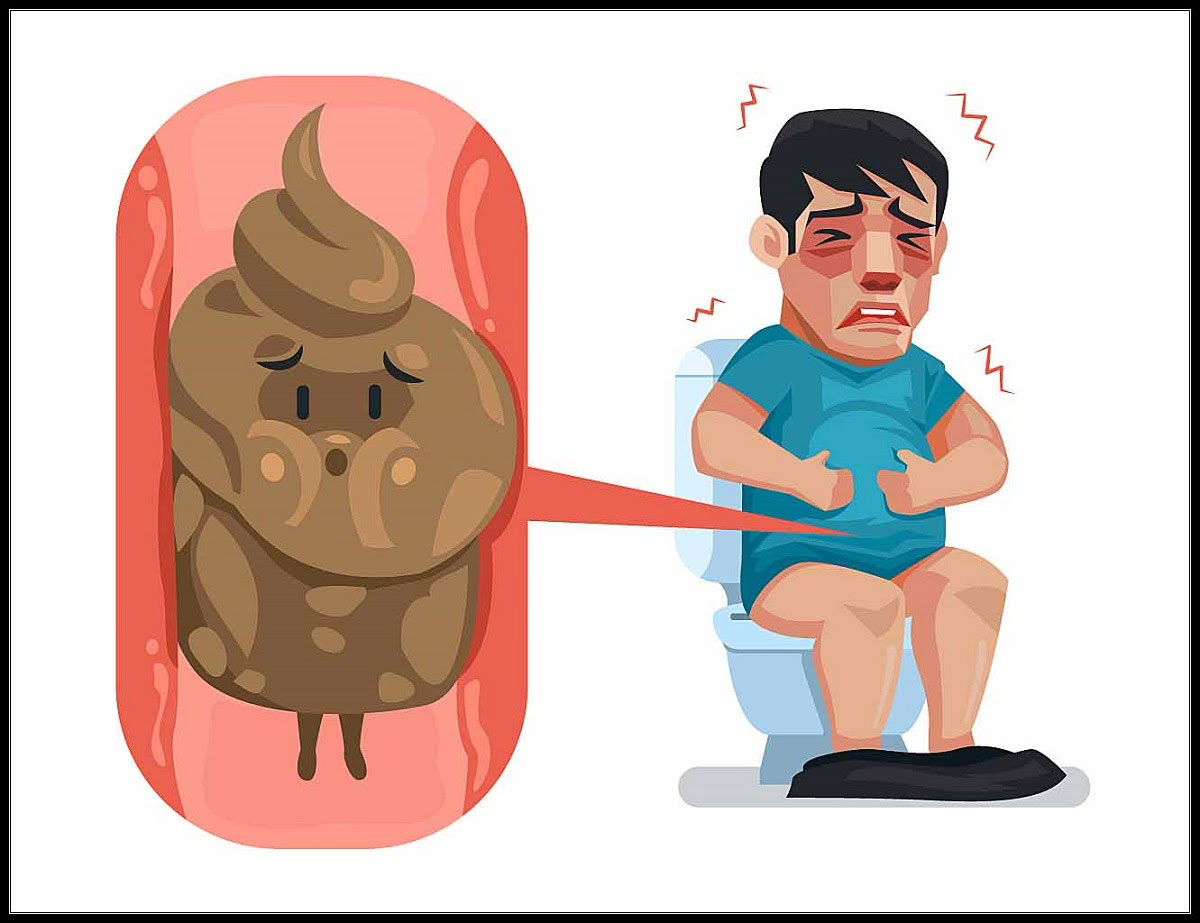 8 Proper nutrition for biliary constipation
8 Proper nutrition for biliary constipation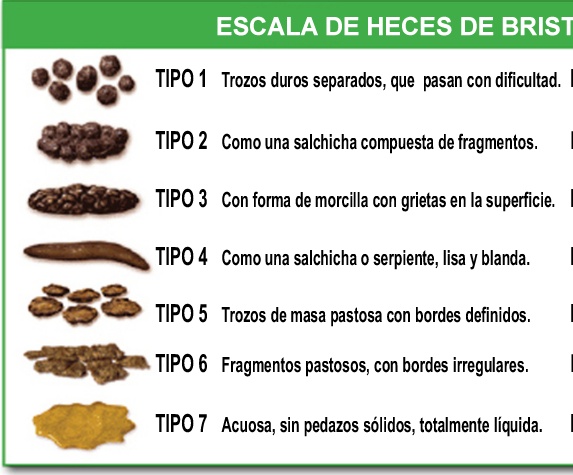 13.0.5 How is biliary constipation treated?
13.0.5 How is biliary constipation treated?

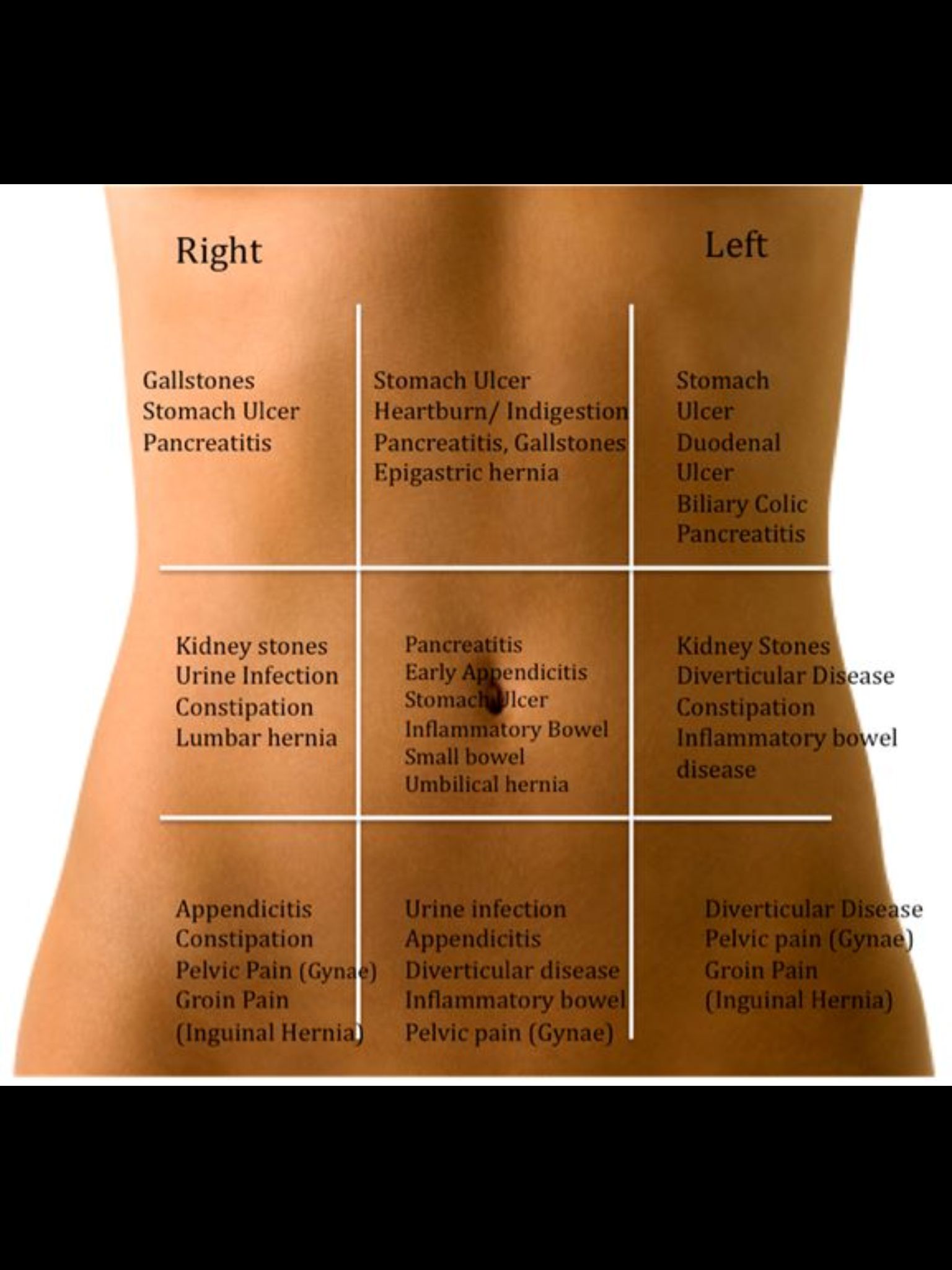 They should be low in calories and low in fat;
They should be low in calories and low in fat; coli, or other pathogenic flora. You can read more about constipation with cholecystitis in a separate article.
coli, or other pathogenic flora. You can read more about constipation with cholecystitis in a separate article.